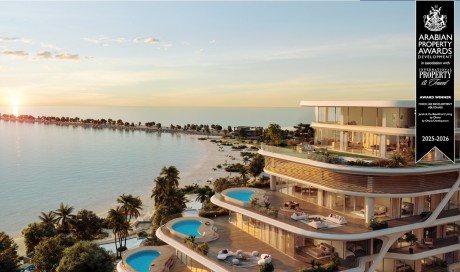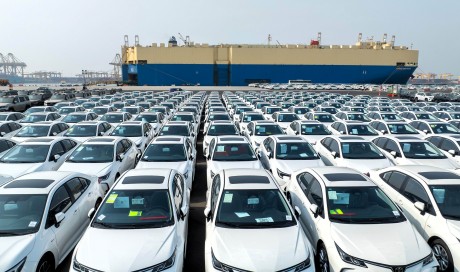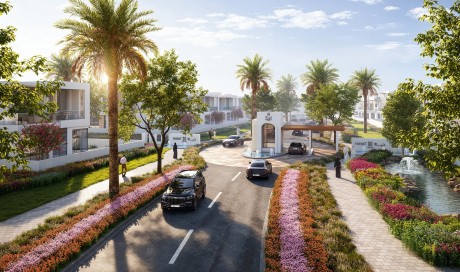Ominously, it warned that “should His Highness the Ruler discover a lack of proper attention or negligence by Cansult Ltd in carrying out the projects entrusted to them, this agreement will then be considered cancelled”.
Barely eight months later, Sheikh Zayed had replaced his brother as Ruler, but the project continued smoothly.
The actual construction of the bridge was carried out by the Austrian engineers Wagner Biro, who had already completed Dubai’s Al Maktoum Bridge, the first across the Creek.

The Maqta Bridge was built directly on top of the existing causeway, which was widened to provide a platform for construction. Much of the material, including heavy machinery, had to be delivered straight onto the beach because there was no deep water port.
Sections of the bridge were also constructed overseas, floated in by barge and then lifted into position by cranes on both banks.
By the summer of 1968, the bridge was ready, dwarfing the old watchtower nearby. On the mainland, a tower served as a customs post, as goods imported from other emirates were liable for duty.
It was here that the tarmac ended. The road to Dubai remained as it had ever been, a series of rough tracks over 100 kilometres through the desert and a journey of many hours, even by car. The first highway between the two emirates was still several years away.
As the years passed other bridges over the same waterway appeared. The Mussaffah Bridge was built in 1978, with the Sheikh Zayed Bridge following in 2010. Today, the narrow but hazardous stretch of water first crossed warily on foot, then along a narrow bumpy causeway, is now spanned by 20 lanes of modern highway, the arteries of modern Abu Dhabi.
Share This Post














